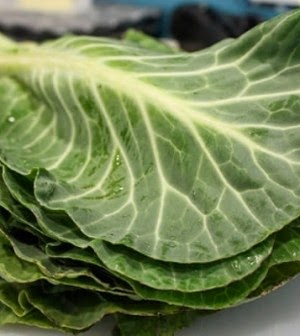 |
| Source: Healthy Black Men |
The website Healthy Black Men recently posted this article:
Food such as blueberries, nuts or spinach are often referred to as “super foods” because they are rich in particular nutrients, but the label has no scientific meaning according to some researchers.
Study author Jennifer Di Noia, an associate professor of sociology at William Paterson University in Wayne, New Jersey, said national nutrition guidelines emphasize consumption of“powerhouse fruits and vegetables” known as PFV — foods most strongly associated with reduced chronic disease risk — but efforts to define PFV “were lacking.”
Di Noia and colleagues developed and validated a classification system to define PFV as foods providing, on average, 10 percent or more daily value of 17 qualifying nutrients per 100-calorie serving — potassium, fiber, protein, calcium, iron, thiamin, riboflavin, niacin, folate, zinc, and vitamins A, B6, B12, C, D, E and K.
Of 47 foods studied, 41 satisfied their powerhouse definition and were more nutrient-dense than were non-PFV.
Watercress with a score of 100 was at the top of the list followed by, Chinese cabbage: 91.99; chard: 89.27; beet greens: 87.08; spinach: 86.43; chicory: 73.36; leaf lettuce: 70.73; parsley: 65.59; romaine lettuce: 63.48 and collard greens: 62.49.
At the bottom of the list were: winter squash 13.89; orange: 12.91; lime: 12.23; pink and red grapefruit: 11.64; rutabaga: 11.58; turnip: 11.43; blackberry: 11.39; leek: 10.69; sweet potato: 10.51 and white grapefruit: 10.47.
“The proposed classification scheme is offered as a tool for nutrition education and dietary guidance,” the authors wrote in the study.
Of 47 foods studied, raspberry, tangerine, cranberry, garlic, onion and blueberry did not satisfy the powerhouse criterion.
A nutrient density score was calculated for each food — the numerator was a nutrient adequacy score calculated as the mean of percent daily values for the qualifying nutrients and the denominator was the energy density of the food (calories).Click here to see the original article.